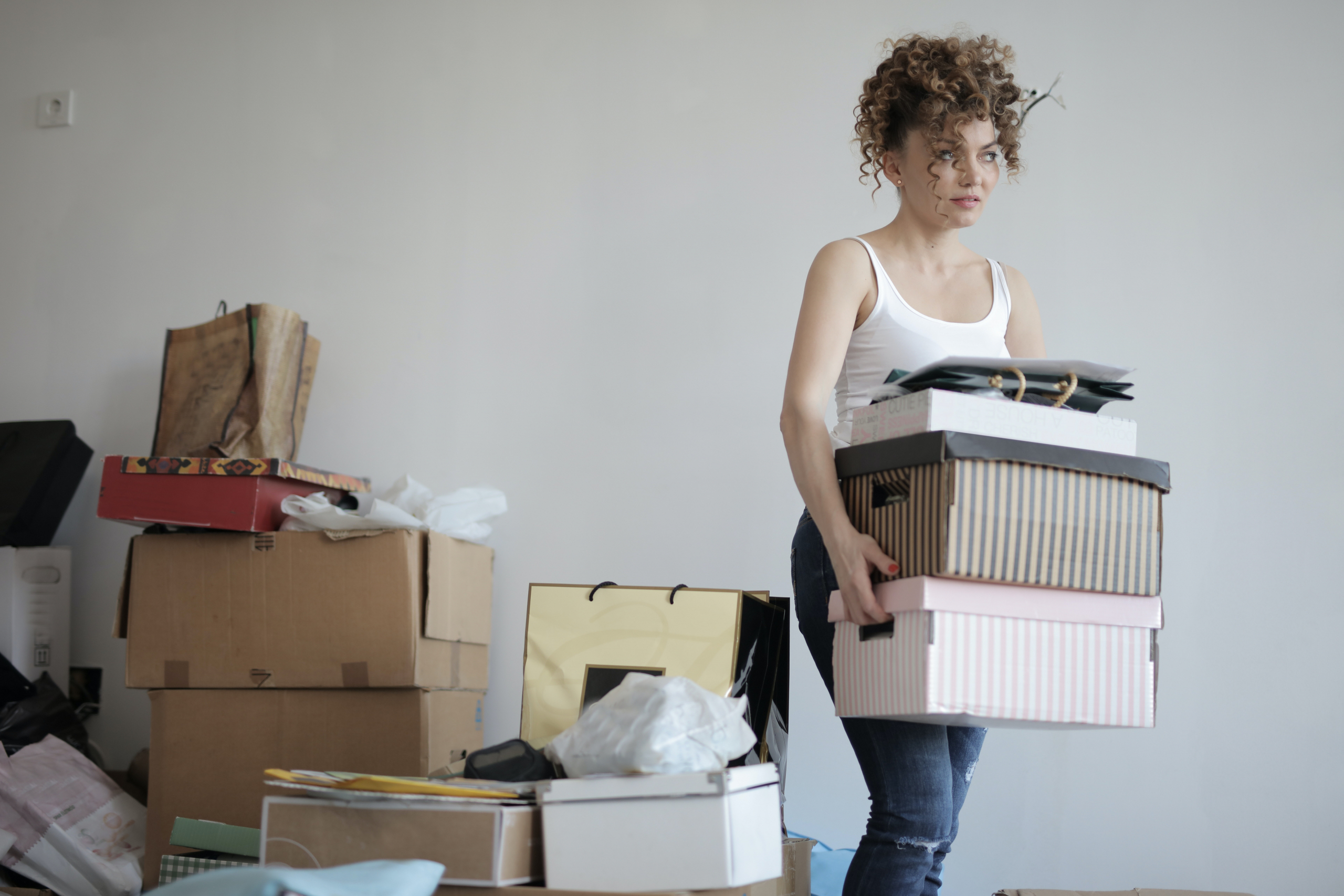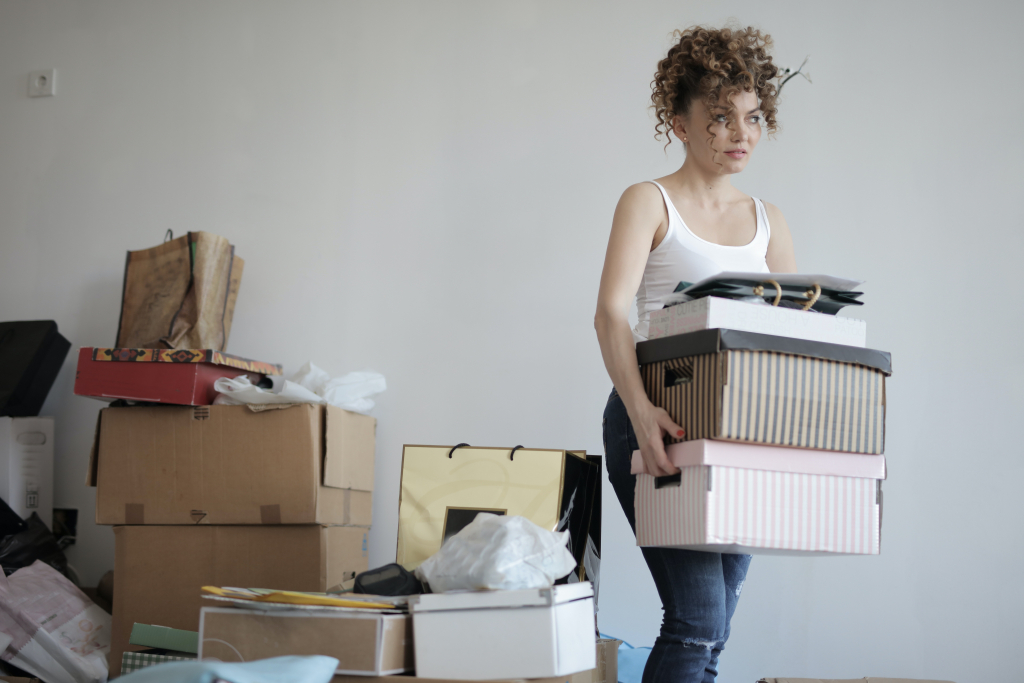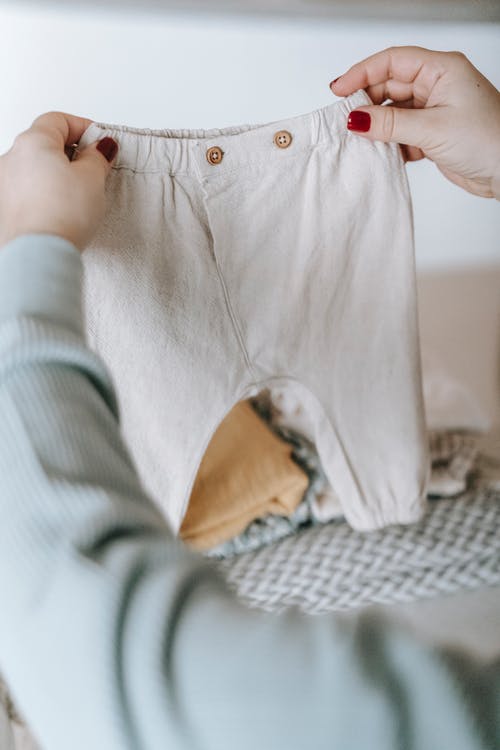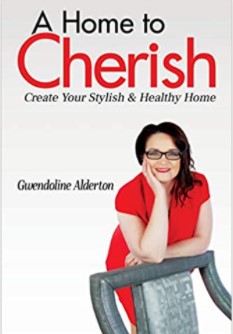Create Your Effortlessly Tidy + Organised Space
It can be a struggle to keep your home tidy and ordered because there are so many pitfalls that cause you to stumble. Here are a few you might recognise:
- Even when you tidy up, your room is still a mess the next day
- When you’re ill or busy, your space becomes untidy and disorganised
- There’s stuff lying about everywhere and you don’t have the space to put your things away properly
- Tidying up can be boring and you’d rather be spending your time doing something more enjoyable
So, WHERE DO YOU START + HOW DO YOU TACKLE THE CLUTTER
Here’s a DECLUTTERING PODCAST that I had with Marina Gask, journalist and copywriter from Be More Audrey, where I discussed a variety of practical ways to tackle your clutter.
Here’s a breakdown of the main practical points that will help make sorting and clearing out unwanted items so much easier for you:
- Set yourself some dedicated time to clearing out and getting sorted. Please be kind to yourself and be mindful that the first day can be very emotional as you relive those memories.
- Prepare yourself with a bottle of water (to keep you hydrated), a small bar of chocolate or a snack (to give you a pop of energy when you’re feeling low), bin liners (for clothes that are going to charity), stick on labels (for the bin bags so you can separate clothes and shoes) and a box (for other charity items, eg: vase, pictures, lamp).
- Put on your favourite music or a motivational podcast that will give you a boost of energy.
- Set your sights small. Rather than expecting to clear the whole room, just choose a cluttered corner, a drawer or a cupboard. As I mentioned, the first day can be emotional and exhausting because you’re reliving memories, so give yourself time to accept and process that emotion. On subsequent days, you should be feeling invigorated and energised so they will be much quicker to clear the clutter.
- Look at what needs sorting out and decide whether:
- it’s a clutter trigger, eg: paperwork that you can sort out now but you’ll also need a daily process to deal with the continuous post (see below)
- it’s your cluttter personality where you need to understand the emotions you have attached to the item. Are you ready to move on and let go or do you still need to process the emotions attached to the item. A lady had a garage full of her daughter’s old toys. Her daughter had moved out and wanted her to get rid of the toys, but she wasn’t ready to do this. Until she’s ready to accept her daughter has grown up and moved on, she’ll have to park her car on her drive because her garage is stuffed with toys. She could keep one precious toy and give the rest to charity, knowing that other children will enjoy them
- it’s a storage problem where you don’t have the right type of storage to suit you or what you’re trying to keep (see below).
- Whilst decluttering, you’ll have several piles of things
- the first pile is for things you definitely want to keep (put these away so they have a place in your home. You might need to buy more hangers or storage boxes)
- the second pile is for things you want to get rid of and can’t be recycled (these will need to go to landfill)
- the third pile is for things you want to get rid of and can be recycled (do you sell them, give them away to charity or freecycle)
- the fourth pile is for the items you’re not sure about. You don’t know whether you want to keep them or let them go. You can keep 2 things from this pile. If you’re feeling nervous that you might need these things again, put them into charity bags and leave them in the garage, shed or loft for a couple of days before you get rid of them. You can keep 1 more item from this stash and then the rest you need to let go by the end of the week. The things are usually in this unsure pile because they’re not that important to you, so it’s time to let go.
- Take any charity bags and boxes out of your house and to the charity shops as soon as possible. If you need to sell items or give them to freecycle then make sure you put time in your day to do this. It’s important that the space you’re clearing is emptied as soon as possible so that you have a sense of achievement.
Now that you’ve cleared some of the mess, HOW DO YOU KEEP YOUR HOME TIDY?
The key to a tidy home is to have:
- The right process in place
Particularly with post, laundry, coats and shoes, it’s important to understand how you manage these items, eg: post comes through my door every day and I have a quick look. Any junk mail will immediately go into paper recycle and the other letters I pop into a drawer of the hall console table.
I can take the drawer out of the unit and sit down in an evening, watching telly, to go through the paperwork. For important household documents that need filing, they’re stored in the family fire safe. For important items that need actioning, they go to the family member who’s going to make the phone call, chase it up or pay the bill.
With general paperwork that I want to keep but it’s not important, I have a concertina file that’s popped into the loft at the end of the year. I keep these boxes for a few years before the items are shredded or go into paper recycle. There’s a clear process of how everything is processed.
With a place for everything and everything in it’s place, this means it’s quick and easy to tidy up when someone makes a surprise visit. It’s not just a case of stuffing things in a cupboard and dealing with the mess later. We all know where things live in the house so things are organised and we can tidy up in haste.
- The right storage for you
When you’re looking at storage for a room, consider your physicality, mobility and development. For example, a two year old child needs easy to reach boxes to put their toys in. Use picture labels to show what’s in the box and, as they learn letters and reading, you change the pictures to the name of what’s inside the box.
By the time a child reaches 5 or 7 years old, their bedroom/playroom will be looking more creative with a den or a stage as their imagination develops to express themselves. When your child is ready for secondary school, they need shelving for their books and personal items.. and it needs to be Instagram worthy.
Also consider the height of your storage so that you can reach things, and take into consideration how easy it is to open and close doors and drawers. Maybe you’d be better with a sliding wardrobe door where you can use the palm of your hand to open it, as opposed to a handle that needs grip and tension to open the door.
- The right storage for your things
Do you want your things on display, hidden in a cupboard or stored in a box? If your items are on display, how much space do they need and how can you arrange them attractively? (checkout Pinterest and Instagram for ideas and inspiration).
If you’re at home working from the kitchen island or dining table, consider how you’re going to clear the space at the end of your working day. If you leave your things out then you’re constantly thinking of work and won’t have the mental break you need. I recommend that you get a box for your work stuff. Make sure it then fits into a cupboard, under the bed or looks pretty enough to stay on display. Your work things are easily accessible but out of sight and out of mind. This will help you to relax and, when working from home, separate your work and personal time.
- Create good tidying habits
At the moment I’m reading Power Of Habit because I want to lose weight and keep it off. Last year I set myself a goal to lose weight, a stone and a half, for my daughter’s graduation. I achieved this and felt great in my dress, but as soon as Christmas came with all of it’s celebrations, I put back on half a pound in weight. I’ve realised that a goal (losing weight for an event, giving up alcohol for January, or decluttering a room) is short lived.
Unless you have continuous healthy tidying habits, you’re going to be stuck on a merry go wheel of continuous make a mess, let it get to a state so you can’t cope with it anymore and then spend ages tidying up again.
If you can create good tidying habits, it will help to reduce or stop the mess in the first place. Your habits need to be small, achievable and they don’t all have to be done by you. Giving your children appropriate tidying up jobs will develop a healthy mind where they naturally learn to clear up after themselves. Training my children when they were young, I don’t even have to ask my them to tidy up now because they naturally sort out and organise their bedrooms when they get messy.
Here are some healthy habits that will stop you getting into a mess. If this seems like a long list, just start small and make one change at a time until you feel comfortable with it:
- when you arrive home
- put your shoes away
- hang your coat up
- put your bag away (briefcase, kids school bags)
- in the evening
- sort your post and paperwork
- wash up dirty crockery, cutlery, pans etc
- sweep/hoover the messy areas (usually the kitchen and living room floor)
- put dirty clothes in washing basket
- family put their things away (children put toys away and you put your work away)
- get ready for the next day (clothes, packed lunch, tomorrow’s to do list of who to call or an appointment you need to make)
- once a week
- clean the house (make sure there’s toilet rolls, clean towels and hand soap in the bathrooms)
- clothes washing day (this might be twice a week depending on the size of your family)
- water any houseplants
- sweep your front step and wipe down your front door
- make a list of things that need repairing in your home, prioritise your list and schedule the repairs into your yearly calendar (you might have to get someone in if you can’t do the repairs yourself, so make time to give them a call to get quotes and then choose your preferred trade)
If you’d like additional information on decluttering then take a read of CHAPTER 3 in my book,
A Home To Cherish
I hope this has given you lots of ideas and inspiration to declutter and organise your home, so that it’s a healthy, welcoming and stylish space to enjoy. But, if you’re struggling and need my professional advice and guidance then I’m always here to help, so just get in touch.
Gwendoline
BIID Interior Designer & House Dr Consultant
M: 07841 519802







Recent Comments